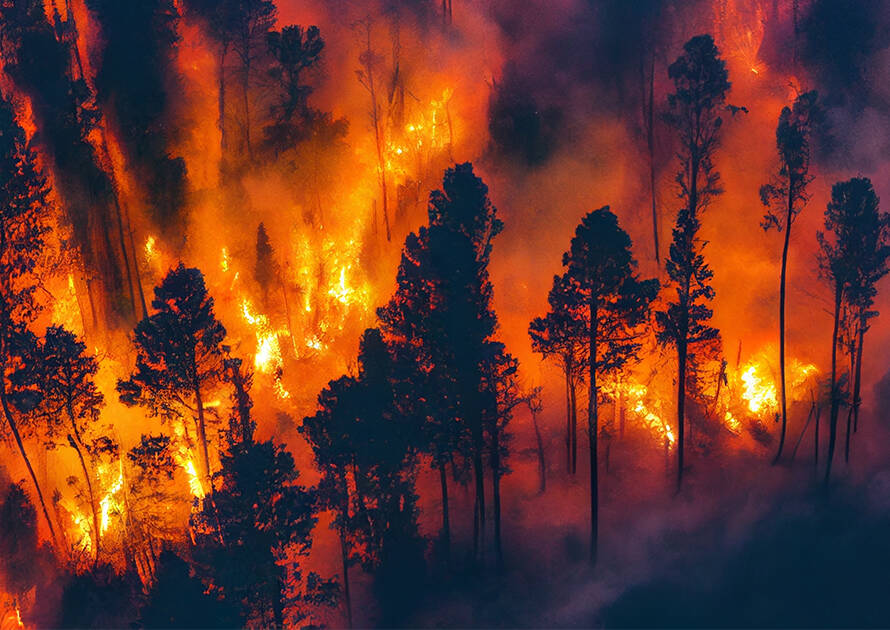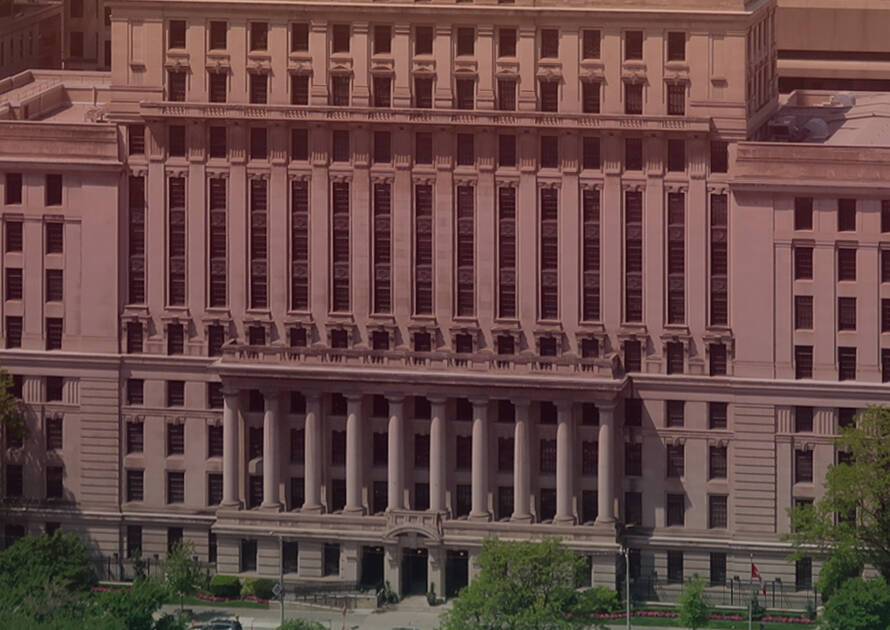Last week at the Investor Summit on Responsible Investing in Vancouver, Barb Zvan, the President and CEO of the University Pension Plan, said she hopes news about Canada’s sustainable finance taxonomy will be out by the end of the month. A taxonomy has the potential to clarify what activities qualify as green or transition investments, and to establish badly needed guardrails against greenwashing.
There are two major issues with this announcement from the stage:
- Why is a private actor – no matter how well respected – making public policy announcements like this?
- With little transparency and no debate, how can we be sure that whatever gets announced isn’t going to be more of a problem than a solution?
We’ve written about Canada’s tortured taxonomy journey in the past (see here and here). It stems back to the Expert Panel on Sustainable Finance that concluded Canada needs our own – essentially weaker – taxonomy to accommodate our natural resource sectors. Then, rather than the government taking responsibility for a taxonomy process, the Panel recommended contracting out the process of developing one to the private sector, having actors with vested interests making up the rules.
The CSA Group had the first attempt, and when its weak product could not get consensus, the baton was passed to the Sustainable Finance Action Council (SFAC), another body limited to private interests where Ms. Zvan chairs the taxonomy committee.
Last summer, SFAC developed a Taxonomy Roadmap Report and consulted narrowly on it, marking the document “Confidential – Not for Distribution.” Full disclosure: we were one of the groups consulted and while we didn’t agree with keeping public policy documents confidential, we respected the embargo. That ended when somebody (not us) leaked it to the Globe and Mail, resulting in this story.
Notable is that the spin in the Globe and Mail story is generally about how strong the proposed taxonomy framework is, precluding “new” oil and gas, when in fact including any oil and gas is a departure in a taxonomy that is supposed to be about green and transition activities.
This brings us to the nub of the debate: what is true transition? Many invested in the status quo – oil and gas companies and the financial institutions that support them – wish to define transition as “mitigation,” or making existing activities a bit better. In Canada, carbon capture and storage (CCUS) is the leading example.
The problem with that is that it’s not transition, and in many cases is probably its opposite. Net zero means we need to rapidly replace the majority of fossil fuel uses, not make them a bit better. (CCUS for oil, for example, even if successful doesn’t address 80% of the emissions that occur when the oil is burned). And, when we make investments in improving them somewhat, we want a return on those investments, thereby creating an incentive to not transition, but to keep them going so we can get paid.
As a public service, since the Roadmap Report has already been leaked, we’re providing access to the copy we were shown here. In it you can clearly see it contemplates opening the door to fossil fuel investments in the service of mitigation but calling it “transition,” and failing to properly deal with the resulting incentive to resist transition..
The heart of this approach is the table on page 23 which is a decision tree establishing what is proposed as “green” and “transition.” You’ll see on the left a process to allow fossil fuel investments to get a transition label rather than simply consigning them to ‘regular’ investment where they belong. There are efforts in the table to confine such investments to a 1.5-degree pathway and to limit their lifespan, but the problem is that all oil and gas producers will argue that their specific project fits such criteria when collectively they don’t – so how do investors decide on specific companies or projects in the real world? Odds are, once the door is left open, more and more will rush through.
If this becomes the basis for Canada’s taxonomy, how will it be perceived internationally? The EU is still going through a bruising debate for allowing a limited amount of gas in its taxonomy; will Canada come along and try to give fossil fuels a much wider berth? How will investors react?
One last thing. To its credit, the Roadmap proposes that the government finally take responsibility for developing a taxonomy, which is only proper for public policy. But it then undermines that by proposing that SFAC publish a “short-form taxonomy,” which may be what Ms. Zvan is saying is about to happen.
Doing this is both beyond SFAC’s mandate and would prejudice any process that the government then designs. If there is already some form of taxonomy on the landscape being used, it will be difficult for a new process to start from an unbiased place.
Ministers Freeland and Guilbeault set SFAC’s mandate and need to recognize that it wasn’t created to release a taxonomy nor is it sufficiently representative to do so credibly. Instead, they should correct the errors of the Expert Panel and take responsibility for an open and transparent taxonomy process guided by science. Hundreds of billions of dollars in the energy transition are at stake – will we misallocate them by propping up fossil fuels, or use them for actual transition?



